Nvidia Reveals Pascal: GTX 1080 And 1070 To Beat Titan X, GDDR5X Debuts
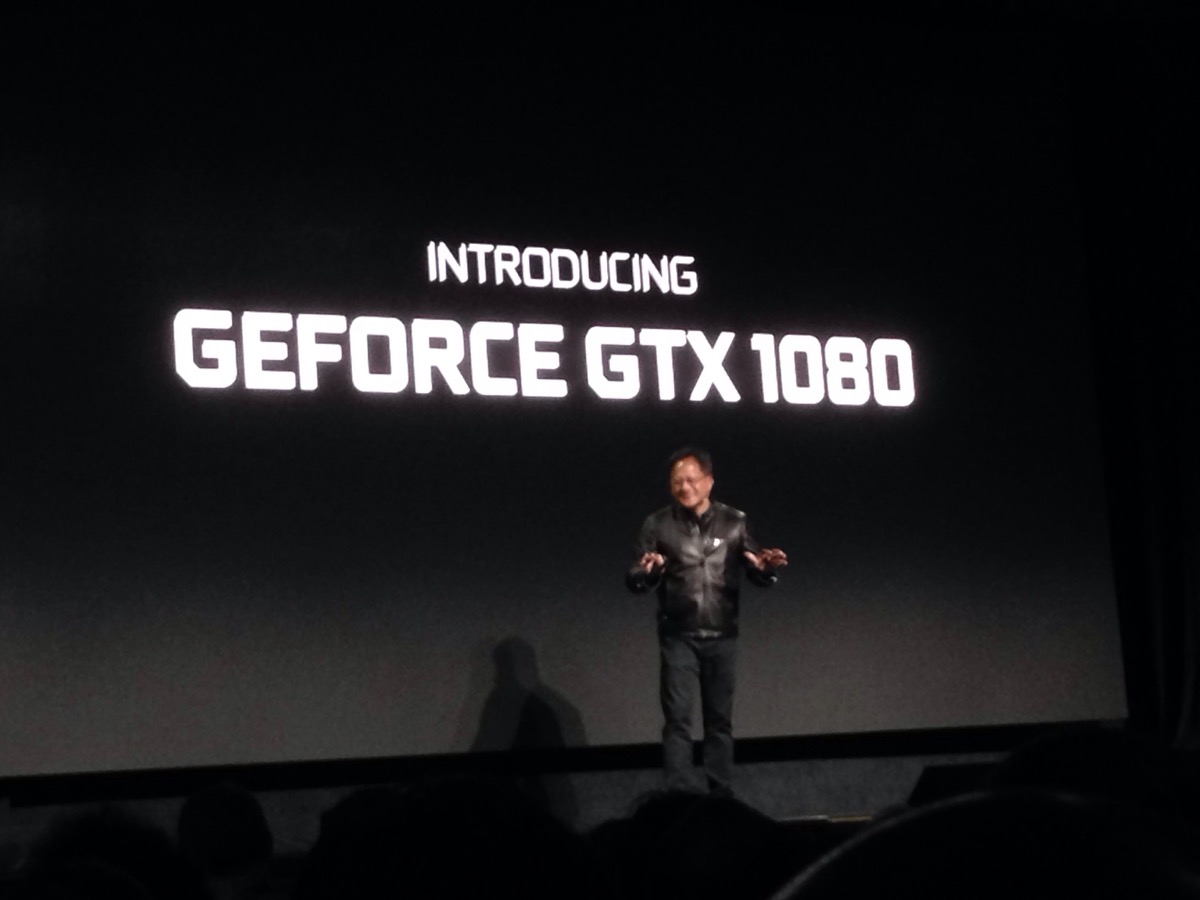
Nvidia has finally revealed the details of its highly anticipated next-generation graphics GPUs. Nvidia CEO Jen-Hsun Huang first revealed the roadmap for Pascal in March of 2014. It’s been a long wait, but based on what we learned tonight, it looks like the wait was worth it.
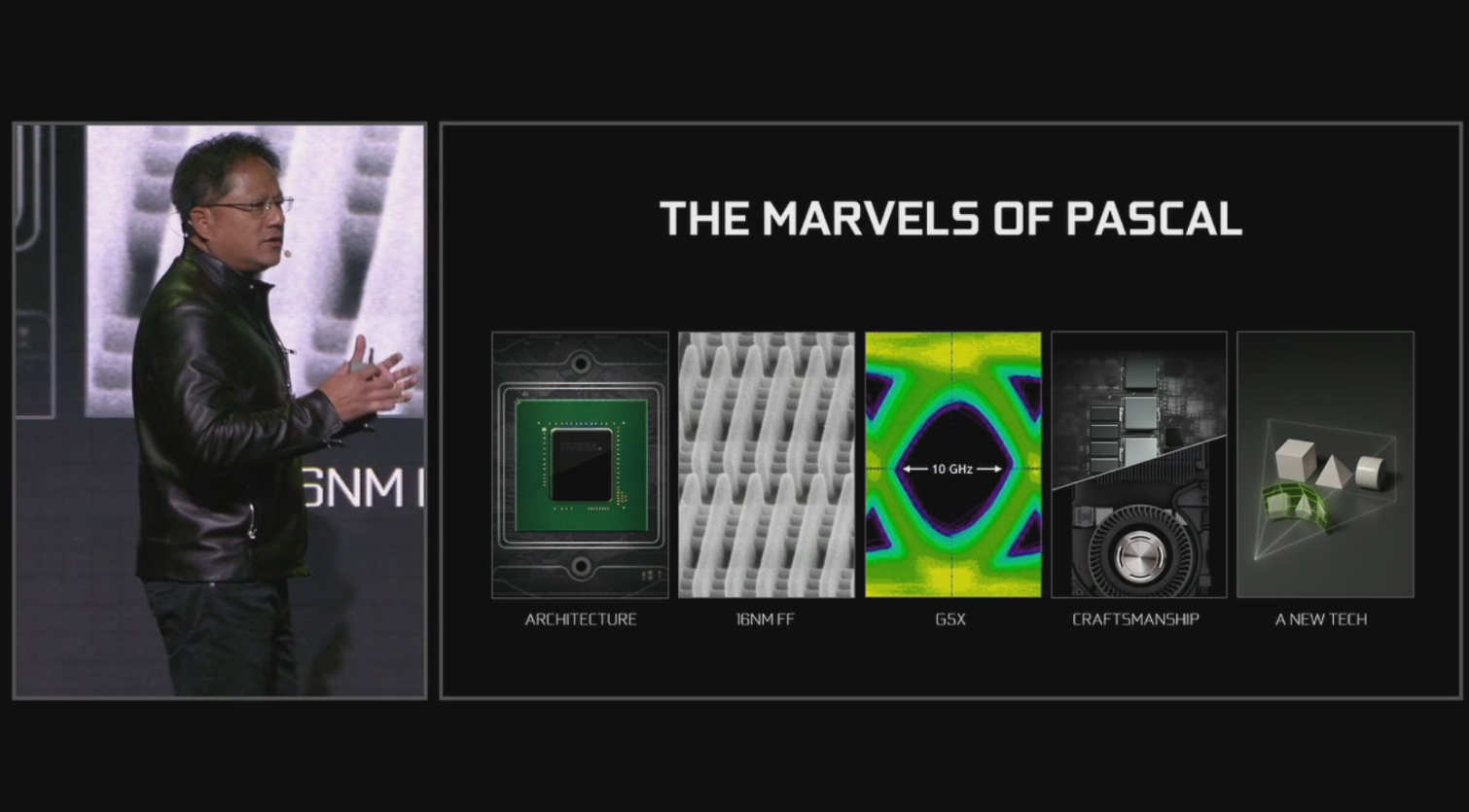
Two high-end graphics cards will be shipping in the next few weeks: The GTX 1070, which will replace Nvidia’s price to performance value leader, the GTX 970; and the GTX 1080, which takes the place of the very capable GTX 980, while simultaneously dethroning the company's flagship Titan X as the fastest GPU the company has ever launched. Both cards promise significant performance increases over their predecessors, while drawing less power than the already power-efficient Maxwell GPUs.
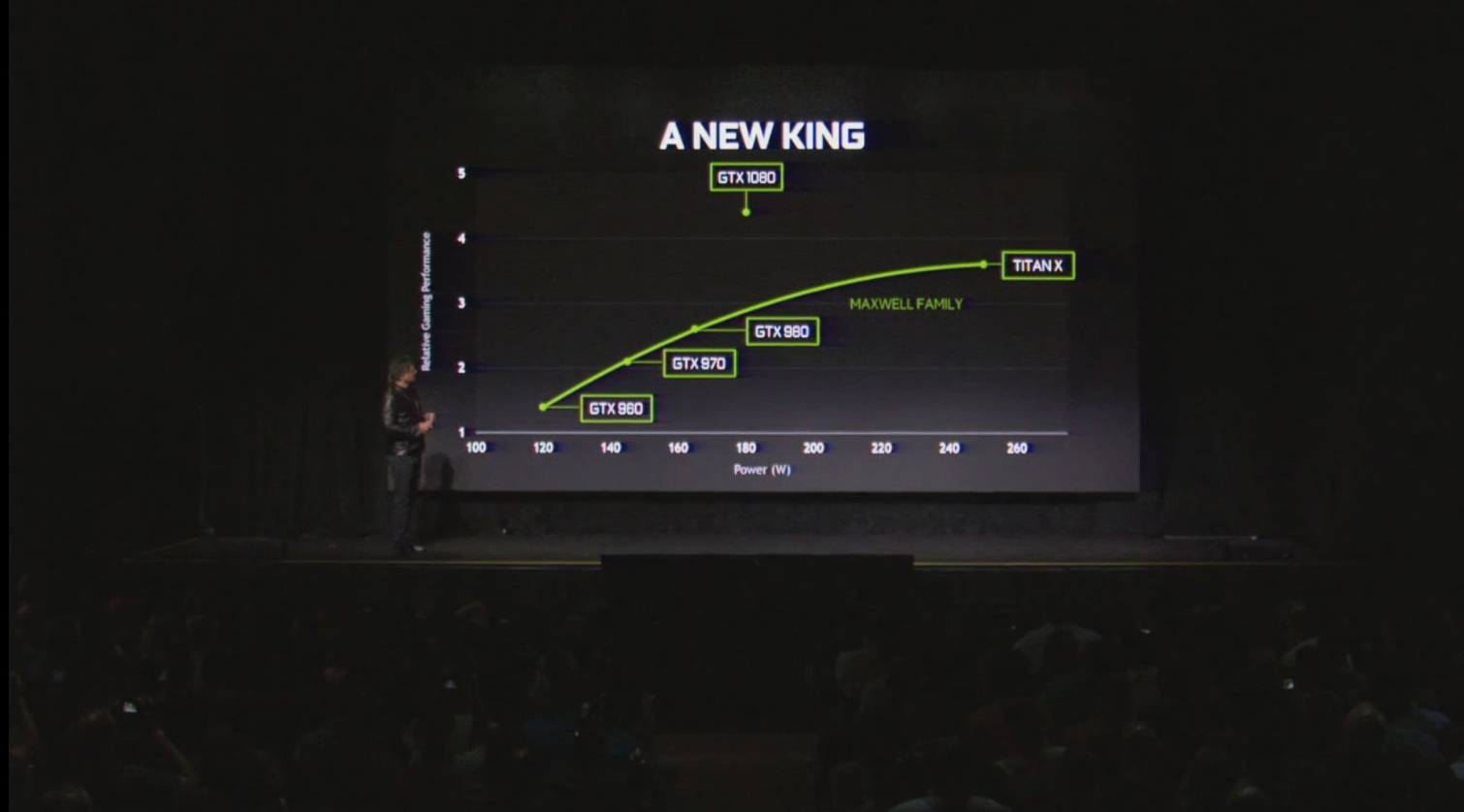
GTX 1080 And GTX 1070
The star of the show is Nvidia’s GTX 1080, which features 7.2 billion transistors and 2560 CUDA cores operating at an unbelievable 2.1 GHz. Nvidia said the card delivers 9 TFlops of rendering performance. The GTX 1080 is Nvidia’s first graphics processor to use TSMC's 16nm FinFET process node. The smaller process node is a key element to Pascal’s power efficiency, but Jen-Hsun Huang, Nvidia's CEO, said there were thousands of improvements and innovations, and billions of dollars in research and development that went into designing Pascal.
Nvidia said that the GTX 1080 offers two times the performance of the company's current flagship Titan X, while delivering three times the power efficiency. AMD will also be moving to a smaller FinFET node process for its upcoming Polaris GPUs later this summer, but it will be moving to GlobalFoundaries' even smaller 14nm process. We're eager to compare the power efficiency of the two products in the coming months, but Nvidia has certainly set the bar high with Pascal.
Huang also announced the GTX 1070, which also offers staggering performance. Nvidia did not reveal the number of CUDA cores or transistors that make up the GPU in the 1070, but Huang said the card offers 6.5 TFLOPS of floating point performance, and that this card will outperform a Titan X, as well.
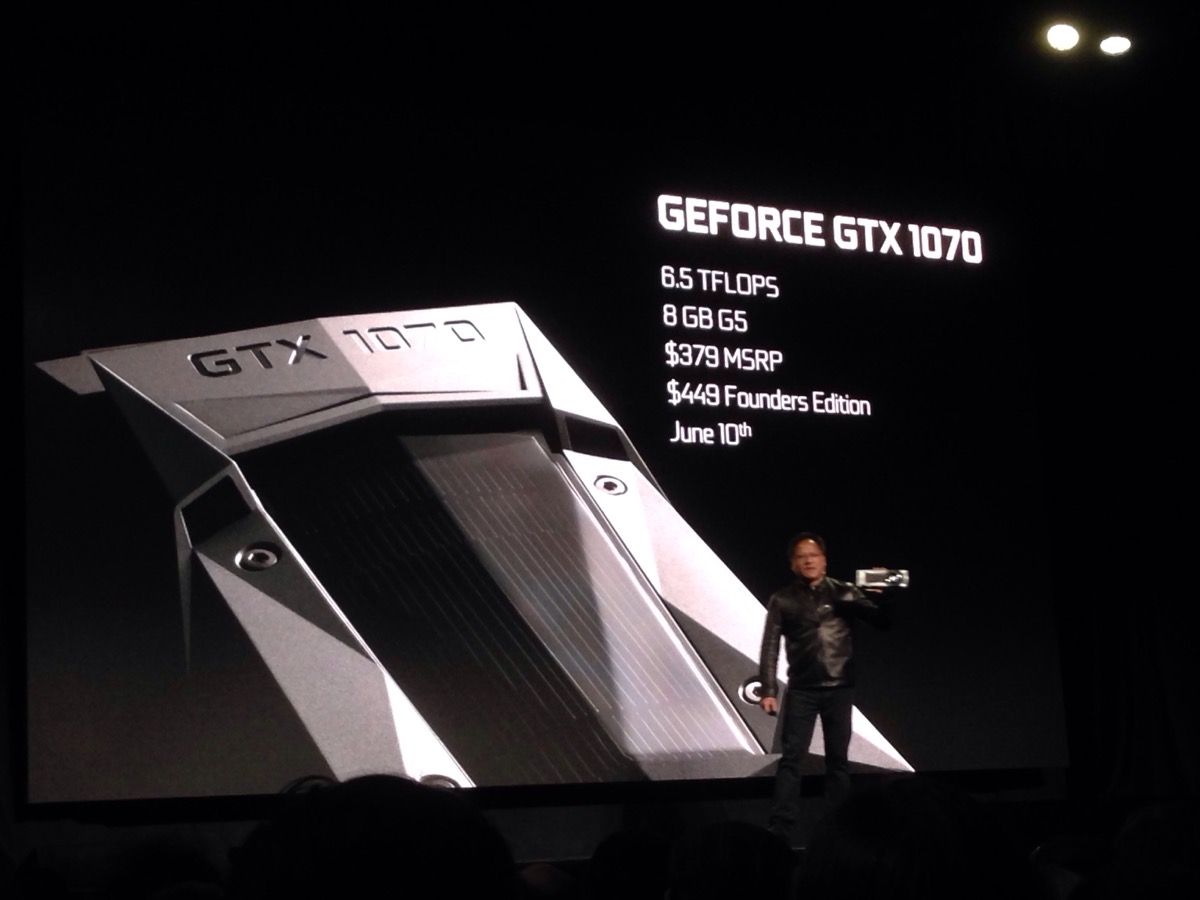
GDDR5X
Last year, AMD launched its R9 Fury series featuring Fiji GPUs, which featured HBM memory with much higher memory bandwidth than traditional GDDR5. Nvidia chose to skip the first generation of HBM memory, but the roadmap it shared at GTC 2015 indicated that we would see 3D memory on Pascal. We somewhat expected to see HBM2 paired with these upcoming cards, but neither of them feature this advanced memory technology. We will likely still see HBM2 memory paired with a Pascal architecture GPU, but we may be waiting some time for that.
GDDR5X is the next fastest memory available compared to HBM; Micron revealed GDDR5X in September 2015. The company told us that GDDR5X offers significant performance increases by doubling the memory prefetch size. Micron said that initial GDDR5X yields would offer speeds of at least 10 Gbps. Nvidia said that the GTX 1080 is equipped with 8GB of GDDR5X memory, but it did not mention the frequency at which it operates. The GTX 1070 is also equipped with 8GB of memory, but it's not using GDDR5X. Nvidia chose to use traditional GDDR5 with the lower-end card.
Stay On the Cutting Edge: Get the Tom's Hardware Newsletter
Get Tom's Hardware's best news and in-depth reviews, straight to your inbox.

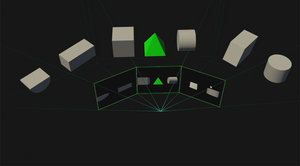
Simultaneous Multi-Projection Pipeline
Nvidia said that part of the magic behind Pascal's rendering performance is a new technology called the Simultaneous Multi-Projection Pipeline. Nvidia explained that traditional rendering techniques use one single-view port to to output to displays. This works just fine with a single display, but we've seen a rapid change in display technology, from multi-screen setups to ultrawide displays and now VR HMDs with dual displays that require warping and unique rendering techniques.
The traditional rendering methods don't play well with multiple displays. You generally see warping on peripheral monitors in surround setups, and warping an image for a VR display wastes performance by rendering parts of the image that are never seen. This allows the company to dedicate a properly proportioned scene to each display in a surround system. Huang said this was previously possible only if you had a GPU for each display in your system.

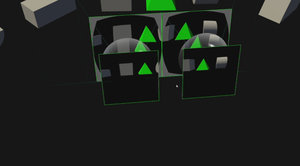
For VR rendering, Nvidia takes this idea even further. It dedicates four view ports per eye for an HMD and prewarps the image before hitting the lenses. The end result is a clearer image with more accurate proportions. Nvidia calls this Lens Matched Shading.
| Header Cell - Column 0 | NVIDIA GeForce GTX 1080 | NVIDIA GeForce GTX 980 Ti | NVIDIA GeForce GTX 1070 | NVIDIA GeForce GTX 980 | NVIDIA GeForce GTX 970 |
|---|---|---|---|---|---|
| Graphics Core | GP104 | GM200 | GP104 | GM204 | GM204 |
| Process Node | 16nm FinFET | 28nm | 16nm FinFET | 28nm | 28nm |
| Transistors | 7.2 Billion | 8 Billion | ? | 5.2 Billion | Row 2 - Cell 5 |
| CUDA Cores | 2560 CUDA Cores | 2816 CUDA Cores | ? | 2048 CUDA Cores | 1664 Cuda Cores |
| VRAM | 8 GB GDDR5X | 6 GB GDDR5 | 8 GB GDDR5 | 4 GB GDDR5 | 4GB GDDR5 |
| Launch Date | May-16 | May-15 | Jun-16 | Sep-14 | Sep-14 |
Today’s announcement is simply a reveal of what’s to come. The GTX 1080 will launch on May 27, and there will be two variants: the GTX 1080, which will carry a price tag of $599, and a Founders Edition, which is supposed to offer higher overclocking potential for $699. The GTX 1070 will launch on June 10. The standard card will sell for $379, and the Founder Edition will be available for $449.
Follow Kevin Carbotte @pumcypuhoy. Follow us on Facebook, Google+, RSS, Twitter and YouTube.
Kevin Carbotte is a contributing writer for Tom's Hardware who primarily covers VR and AR hardware. He has been writing for us for more than four years.
-
turkey3_scratch Reply17928226 said:Anxious to see the numbers and pricing for that 1070.
It's already known. Being released June 10, price of $379 MSRP.
@kcarbotte: You say these GPUs require less power, but that's not true. The graph shows the 1080 having higher power requirements than the 980, though it does have better perf/watt but strictly speaking will require a higher amount of power. -
jfkeenan Twice as fast as a Titan X? I'm currently running GTX Titan X in 2 way SLI so I can get nearly 60fps in 4K. So I can't wait to SLI 2 GTX1080's! Shut up and take my money! first post too. cool never did that before.Reply -
turkey3_scratch Reply17928233 said:Twice as fast as a Titan X? I'm currently running GTX Titan X in 2 way SLI so I can get nearly 60fps in 4K. So I can't wait to SLI 2 GTX1080's! Shut up and take my money! first post too. cool never did that before.
The graph is performance in VR. Nvidia is releasing some new software optimizations for higher FPS in VR. Outside of VR, normal gaming, it is not 2X the performance of a Titan X. Heck, even with VR it won't be - numbers are marketing. -
LookItsRain Ill believe the hyper when the benchmarks come out, i have a hard time believing these performance numbers. Maybe the 1070 founders edition at max overclock beats a titan x that isnt overclocked at best.Reply -
Realist9 I saw this quoted as well: "2x perf and 3x efficiency vs Titan X wheb using Pascal's special features". I'm guessing he said that, but not the whole quote made it in.Reply
I'm anxious to see Toms test the 1080 so we can actually see what the REAL performance increase is. -
tiagoluz8 AMD, make your move, this time I'll wait. Bought the 970 before AMD's 300 series launched and I regret it.Reply -
Nuckles_56 All I can say is Damn! I want one, I'm glad I held off on Maxwell for Pascal or perhaps Polaris depending on what rabbits AMD pull out of their hatReply -
bit_user Never watched one of these livestreams, previously, but that dude needs some serious polish. Should've been half as long, at most. He seems to think he's Steve Jobs, but he's not. I'm guessing nobody has the balls to tell him that.Reply
As for the specs on the GTX... It's a little more than double the clock with slightly fewer transistors & shader cores? So, yeah, I'll buy that it can do 2x the perf, in some cases. It does make me just that much more interested in seeing the 1080 Ti, though.